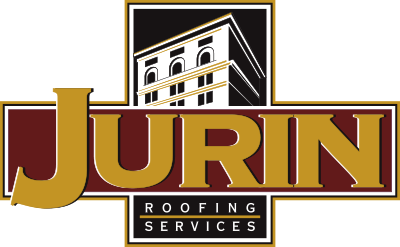Roof leaks present multiple challenges for homeowners and building owners and mangers alike. They never occur at a time which is convenient and they can lead to significant damages on the interior of the structure. Their effects can linger long after the repair has been made in the form of mold growth on interior surfaces.
Sometimes determining the source of the roof leak can be an even greater challenge. The source of the roof leak on the outside rarely matches where the leak shows on the inside. This leads to a good deal of frustration in attempting to repair the leak.
Locating the source of a roof leak is not an exact science. It is a process of elimination due to the fact that a roof leak may have several contributing factors and may not always be the direct result of one specific problem associated with the roof.
What are the ideal conditions for roof leak investigation?
It is best to see the leak occurring. In order to trace a leak back to its original source it is best to visually see the active leak instead of depending on the remnants of the leak such as staining on the ceiling.
Stains can be used to locate roof leaks, but they may not reveal the entire story behind the roof leak. In order to see the leak occurring it will be necessary to trace the leak during a rain or snow. If this is not possible, it may be necessary to conduct a water test on the roof surface by saturating the suspected area with a garden hose for a period of time until the leak occurs on the inside of the building.

How do I locate the source of my roof leak?
STEP 1: Begin by locating the leak on the inside of the building. Confirm that the source of the water on the inside is the result of a roof leak and not due to a problem associated with other components of the building. Other sources of potential leaks include plumbing, HVAC and condensation.
STEP 2: Once you have determined that the leak is caused by a roof related issue, you measure the location of the leak in the interior space from two fixed points. These fixed points can be perpendicular exterior walls, a fireplace chimney or other components that extend through the finished ceiling to the attic space or roof surface.

STEP 3: Gain access to the home’s attic or building’s top floor to locate the source of the leak on the underside of the roof deck using the measurements taken from the interior space. Review the active leak and note the surface where the leak is dripping from. The location of the actual entry point of the water into the structure may be slightly different than where the leak is showing on the interior so you may need to expand your search area once you are in the attic or top floor.
STEP 4: Measure the location of where the water is entering the space from two fixed points. Look for fixed points such as vent pipes for bathrooms, chimneys, or vents. If these roof penetrations are not available, base your measurements on two perpendicular exterior walls.
STEP 5: Safely gain access to the roof system and apply the measurements taken from the attic space or top floor to the roof surface. You will need to adjust your measurements to take into account the depth of the exterior bearing walls and soffit overhangs if your measurements were based on the location of exterior walls.
STEP 6: Locate the approximate location where the water is entering the attic space. Begin to work outward in concentric circles from the location where you determined the leak is occurring. As you review the roof remember that any opening the roof system is an opportunity for water to enter. If the roofing materials show any openings where water can penetrate the building envelope, this will result in a roof leak.

Other Possible Sources of Roof Leaks
If you experience a roof leak you can choose to make the repair yourself or hire a professional roofing contractor to complete the repair. If you place a service call with a professional roofing contractor and he determines that the cause of the leak is something else unrelated to the roof on the home, he may still charge you a diagnostic fee.
In order to avoid this charge it is recommended that you attempt to rule out other causes for leaks. These may include:
- Plumbing Leaks
- Air Conditioning Leaks
- Condensation
- Pest Infestation

Making an Effective Roof Leak Repair
In order to complete an effective repair on your roof it is necessary to determine the cause of the leak. By following these basic recommendations you will be better equipped to determine the cause of your roof leak and apply a correct and cost effective repair. Without proper leak investigation, repairs may be made to the roof system which are not effective and waste money and time and which may lead to more damage to the interior.






